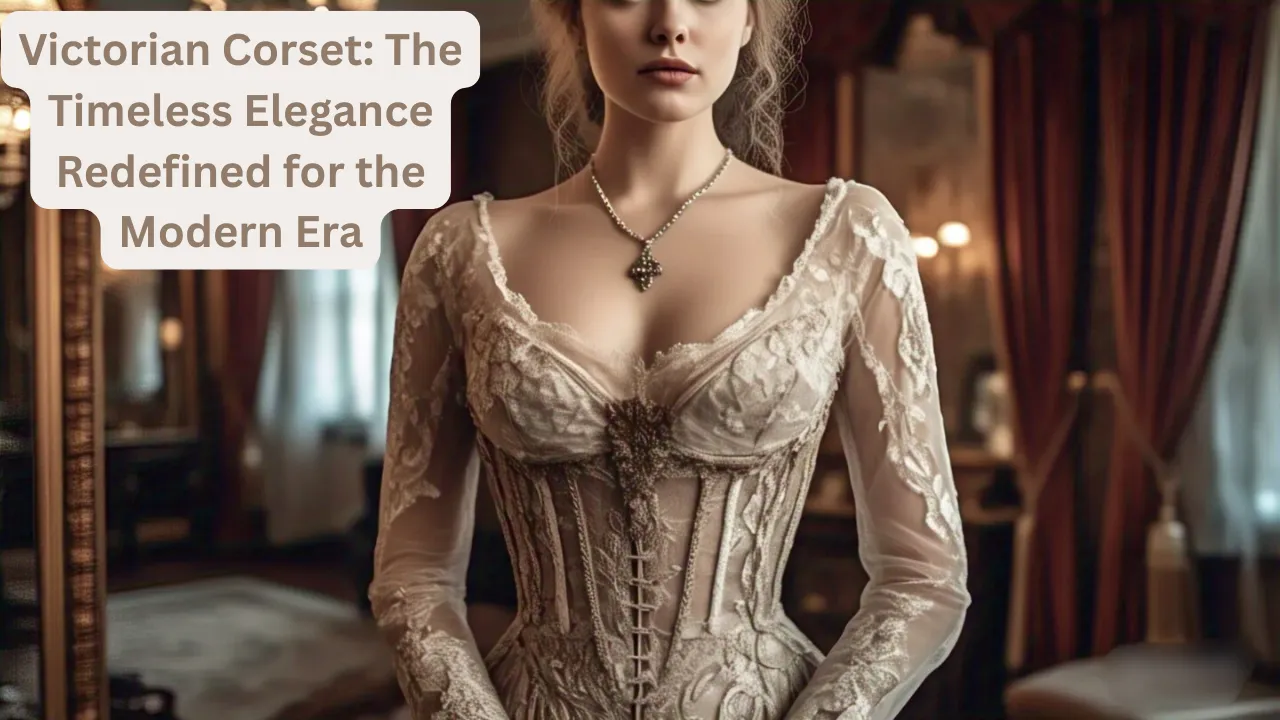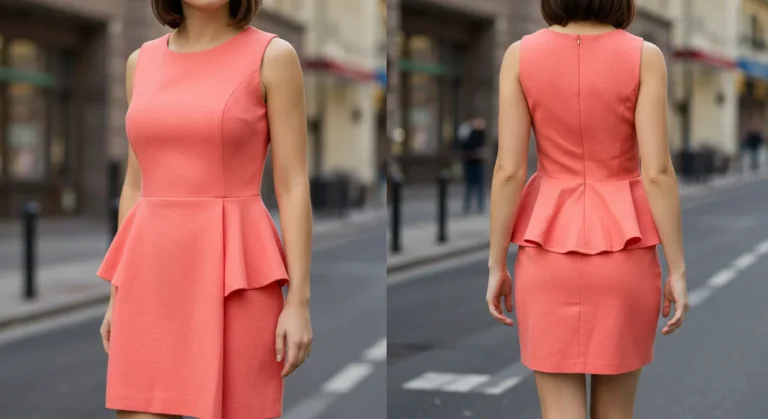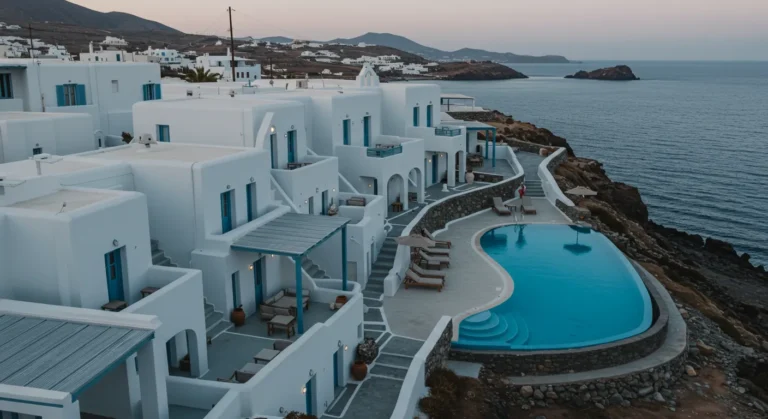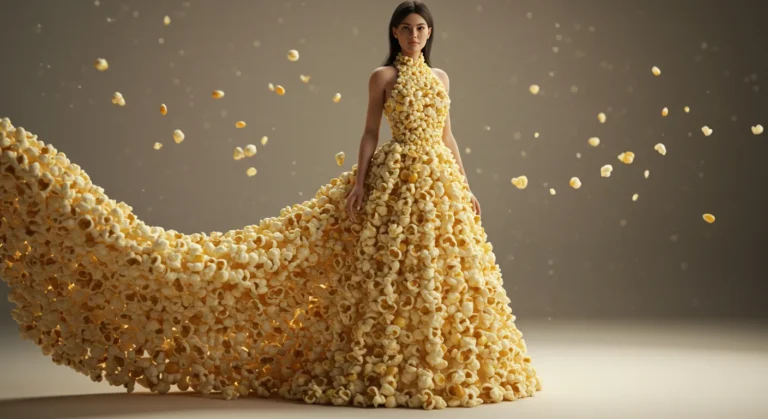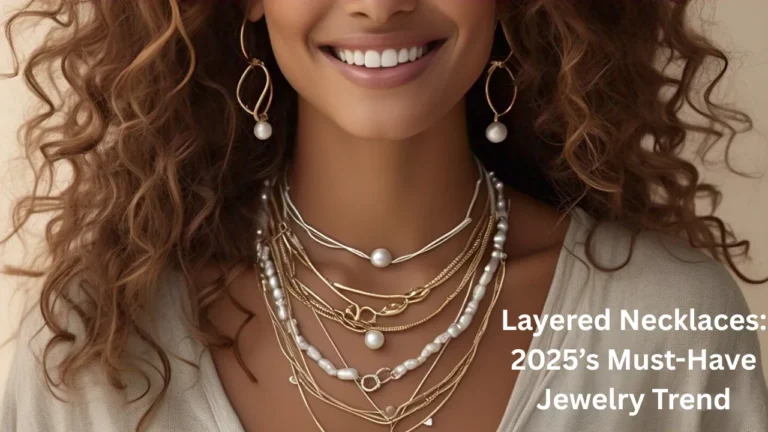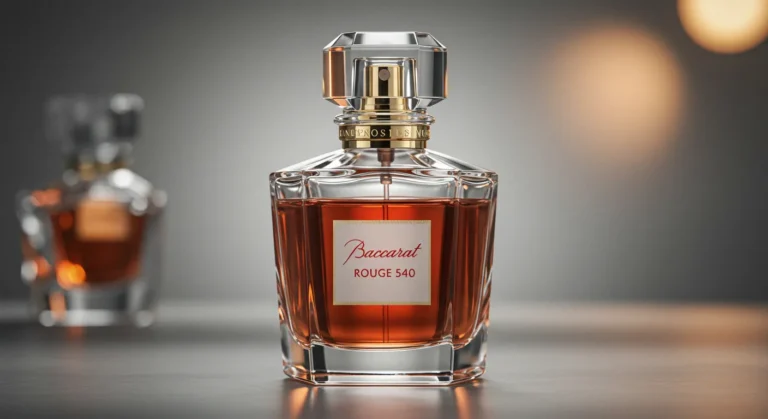Victorian Corset: The Timeless Elegance Redefined for the Modern Era in 2025
The Origin and History of the Victorian Corset
The Victorian corset stands as one of the most iconic fashion elements of the 19th century, representing a complex intersection of style, societal norms, and female identity. Emerging during the early Victorian period, roughly between the 1830s and 1901, corsets evolved from simple undergarments into sculpted pieces of functional art. These garments were initially designed to cinch the waist and enhance the hourglass silhouette that dominated Victorian beauty standards.
The origins of corsetry date back to earlier centuries, but it was during Queen Victoria’s reign that corsets reached their height in popularity and design sophistication. Women across social classes wore corsets, although the materials and construction varied. Wealthier women had access to finely tailored corsets made from silk, satin, and whalebone, while working-class women wore versions made from cotton and less expensive boning materials.
Throughout the decades, corsets shifted in design—from the straight-fronted, rigid designs of the 1840s to the swooping, S-shaped silhouette that gained popularity in the late 19th century. These garments were laced tightly at the back and featured busks at the front, allowing for structure and support. Corsets were both praised and criticized during their reign; while many viewed them as essential to elegance and posture, others saw them as oppressive instruments of patriarchy.
By the end of the Victorian era, the corset had become a lightning rod in the conversation around women’s liberation. Feminist movements began challenging its dominance, advocating for health corsets and eventually abandoning the garment altogether in favor of more comfortable attire. Despite this shift, the Victorian corset remains an enduring symbol of the era’s aesthetics and complexities.
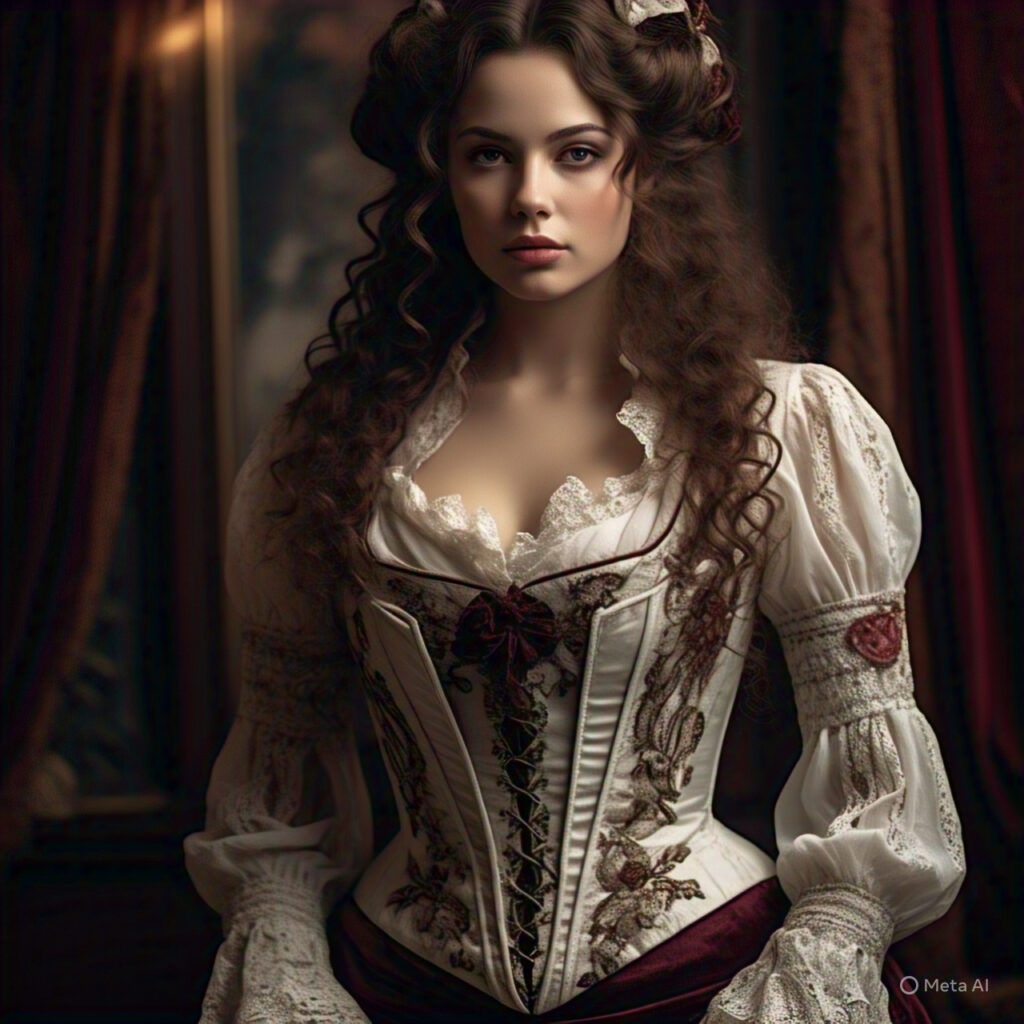
Victorian Corset Design: Anatomy of Elegance
Understanding the construction and design of the Victorian corset reveals not only its technical complexity but also the artistry involved. These corsets were crafted with meticulous attention to detail, intended not only to shape the body but also to be a statement of refinement. A typical Victorian corset consisted of multiple layers of fabric, reinforced with steel or whalebone stays, and featured intricate lacing systems to ensure a snug fit.
The primary fabrics used in Victorian corsets were cotton, silk, brocade, and occasionally leather. Silk corsets, often adorned with lace or embroidery, were considered luxury items and signified a woman’s wealth and status. The boning—originally made from whale baleen and later replaced by steel—played a critical role in maintaining the garment’s rigidity and giving the torso a controlled, hourglass figure.
Central to the design was the busk—a flat, rigid piece inserted at the front center of the corset. Made typically of wood, bone, or metal, the busk provided structure and facilitated easier donning and removal of the corset. The back featured lace-up closures, allowing the wearer to adjust the tightness according to comfort and fashion preference.
Victorian corsets also included gussets, gores, and panels tailored specifically to accommodate the bust and hips, emphasizing natural curves while reducing the waist. This engineering created a silhouette that was simultaneously restrictive and alluring. Decorative features such as ribbon trims, lace, and corset covers added to their visual appeal.
The corset’s design reflected a balance between form and function. While often associated with discomfort, a well-fitted Victorian corset could be worn with minimal distress. Today, fashion historians and designers admire these garments for their craftsmanship and the unique combination of structure, beauty, and symbolism they embody.
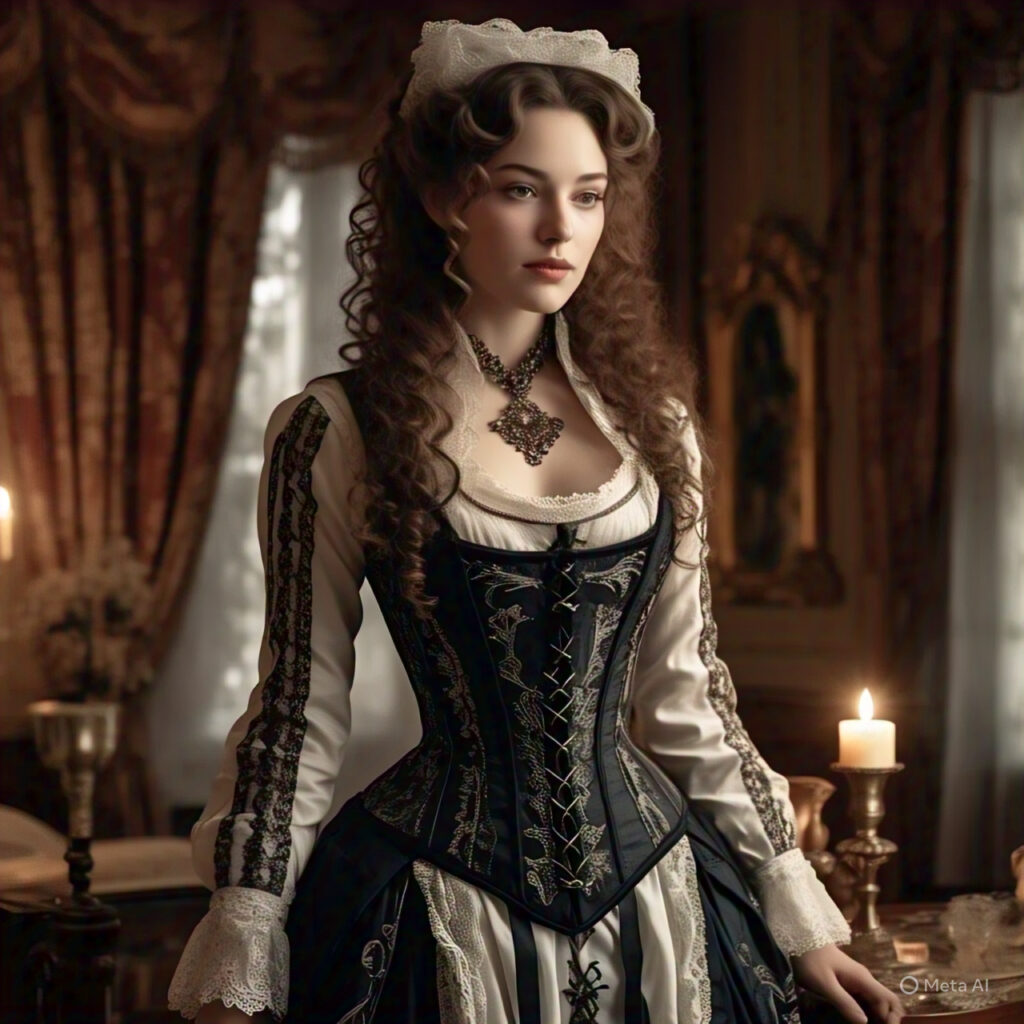
Why the Victorian Corset Is Trending Again in Modern Fashion
The Victorian corset is experiencing a renaissance in contemporary fashion, spurred by a fusion of nostalgia, rebellion, and digital-era aesthetics. From haute couture runways to TikTok trends, the corset has reemerged as a bold fashion statement, redefined to fit modern values while maintaining its historical allure.
One major reason for the resurgence is the rise of “regencycore” and “cottagecore,” fashion subcultures popularized by shows like Bridgerton and viral social media content. These aesthetics romanticize the past, bringing elements like corsets, puffed sleeves, and lace into the 21st-century wardrobe. Unlike their historical counterparts, today’s corsets are often worn visibly as tops or layered over shirts, blending sensuality with empowerment.
Influencers and celebrities have also played a key role. Stars like Billie Eilish, Bella Hadid, and Lizzo have sported corset-inspired outfits on red carpets and magazine covers, sparking mainstream interest. High fashion houses such as Vivienne Westwood, Alexander McQueen, and Jean Paul Gaultier have incorporated Victorian corsets into their collections, positioning them as luxury items that celebrate the female form.
Corsets today are also seen as instruments of self-expression rather than societal conformity. Gender-fluid fashion movements have embraced the corset, breaking away from traditional binaries and using the garment to explore identity. DIY fashion communities have further fueled the trend, with custom corset-making tutorials flooding platforms like YouTube and Instagram.
Additionally, the modern Victorian corset aligns with slow fashion values. Handmade, durable, and often crafted with sustainable materials, these pieces contrast sharply with fast fashion’s disposability. As fashion continues to revisit the past with a critical eye, the Victorian corset stands out not just as a relic, but as a canvas for modern creativity and inclusivity.
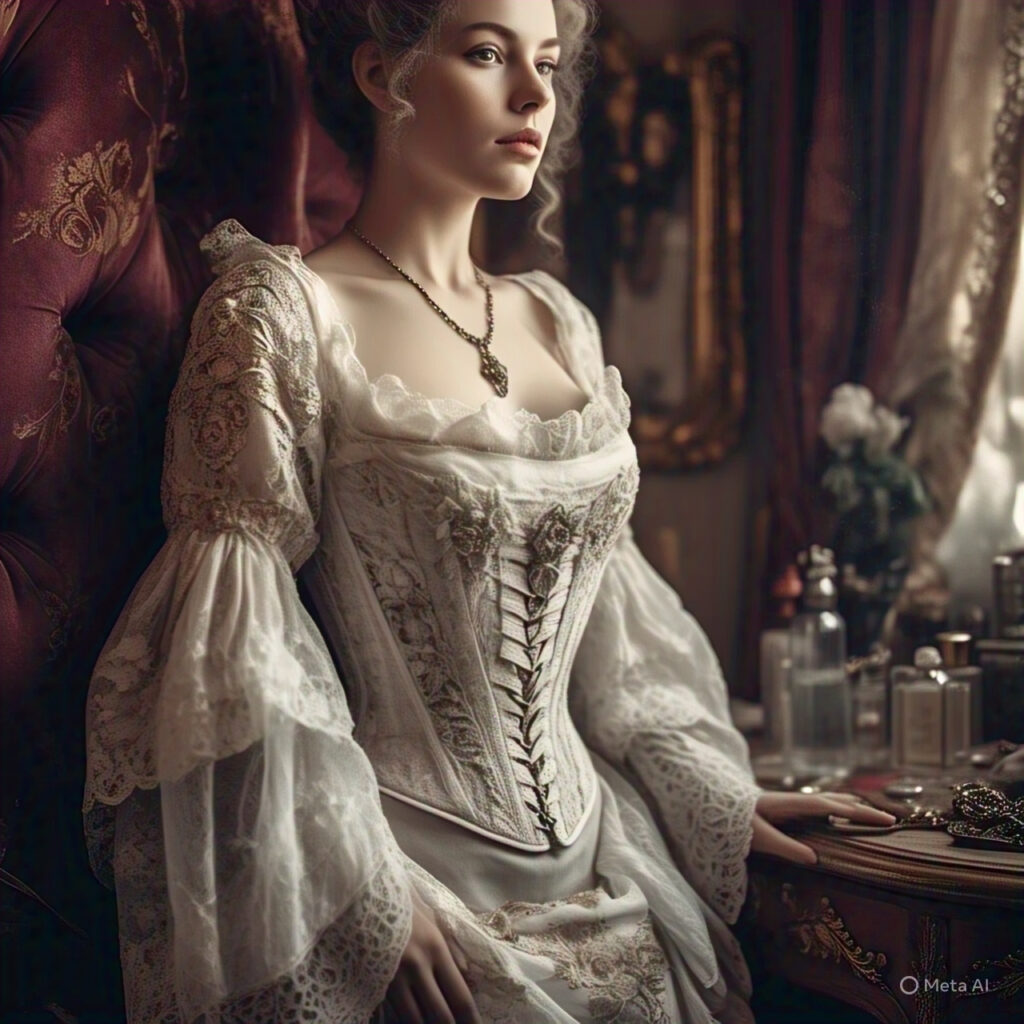
Styling the Victorian Corset: Timeless Meets Contemporary
Styling a Victorian corset in today’s fashion landscape is all about merging old-world charm with modern flair. No longer confined to historical reenactments or costume parties, the corset has carved out a versatile niche in mainstream and alternative fashion alike. The key lies in balancing its ornate structure with everyday wearability.
For a casual yet statement-making look, pair a satin corset with high-waisted jeans and a structured blazer. This ensemble bridges elegance and edge, perfect for a chic brunch or an evening out. Layering is also a powerful styling tool—try wearing a corset over a crisp white button-down shirt or a sheer mesh top to add dimension and visual intrigue.
Victorian corsets also complement more avant-garde styles. For example, match a black brocade corset with a floor-length tulle skirt and combat boots for a gothic romantic vibe. Alternatively, combine a pastel corset with a midi skirt and ankle boots to channel a soft, feminine aesthetic rooted in regencycore.
Accessories can dramatically enhance a corset outfit. Consider chokers, cameo necklaces, and lace gloves to play up the vintage appeal. For a more urban take, add oversized sunglasses, a leather jacket, and chunky heels. The beauty of the Victorian corset is its adaptability—it can be both the centerpiece and the supporting player in an outfit.
Color choices also influence the final look. Neutral tones like cream, black, and navy evoke classic elegance, while bold hues such as emerald, ruby, or metallics push fashion boundaries. Whether you’re dressing for a date night, photoshoot, or fashion-forward event, the Victorian corset offers infinite possibilities for stylish self-expression.
Health, Fit, and Myths: Wearing a Victorian Corset Safely
Much of the discourse surrounding Victorian corsets is shrouded in myths—particularly about health hazards and physical harm. While some 19th-century practices were extreme, modern corset-wearing is safer, more informed, and focused on personal comfort and aesthetics rather than rigid conformity.
One common myth is that corsets permanently deform the ribcage or displace organs. In reality, such effects were typically the result of years of overly tight lacing, often begun at a young age. Modern wearers can avoid these issues by choosing well-fitted corsets and avoiding prolonged tight-lacing. When worn responsibly, corsets can even improve posture and back support.
Choosing the right fit is crucial. Corsets should be tailored to your natural measurements, especially at the bust, waist, and hips. Custom corsets or reputable brands that offer multiple size options are ideal. Look for features like adjustable lacing, strong grommets, and breathable fabrics.
There’s also a distinction between fashion corsets and waist-training corsets. Fashion corsets prioritize aesthetic and are not intended for body modification, while waist-training corsets are structured for gradual waist reduction. If you’re interested in waist training, it’s essential to consult with a specialist and follow a gradual approach.
Listen to your body—discomfort, pain, or shortness of breath are signs you need to loosen your laces or adjust your fit. Proper layering, such as wearing a cotton corset liner, can reduce friction and improve hygiene.
Overall, wearing a Victorian corset today is about empowerment and play, not pressure or pain. When chosen and styled correctly, these garments can be both beautiful and body-friendly.
Where to Buy the Best Victorian Corsets (2025 Buyer’s Guide)
Finding the perfect Victorian corset in 2025 means navigating a landscape of artisan makers, heritage brands, and modern designers. The best corsets blend craftsmanship, comfort, and historical accuracy, offering options for every style and budget.
Artisan Brands: For authentic, handmade Victorian corsets, brands like Crimson Rose Corsetry, Lace Embrace Atelier, and Dark Garden Corsetry are industry leaders. These corsetiers often offer custom fittings, premium materials, and historical detailing that reflect the true spirit of the Victorian era.
Mainstream Fashion Houses: Designers like Vivienne Westwood, Alexander McQueen, and Dior have incorporated Victorian-inspired corsets into recent collections, albeit with modern interpretations. While pricier, these luxury options are works of art in themselves and often become collector’s items.
Etsy and Independent Sellers: Etsy remains a goldmine for bespoke corsets. Look for shops with verified reviews, clear sizing charts, and customization options. Popular sellers include Royal Black Couture, The Ardent Sparrow, and TheBadButton.
Budget-Friendly Options: For those just beginning their corset journey, brands like Corset Story, Timeless Trends, and Mystic City Corsets offer ready-to-wear options that mimic Victorian styles without breaking the bank. These are perfect for fashion experimentation or occasional wear.
When shopping, pay close attention to materials (steel boning vs. plastic), sizing guides, return policies, and customer feedback. A high-quality corset is an investment—one that can last for years if properly cared for. Prioritize ethical production, durability, and comfort alongside aesthetics.
FAQs: Victorian Corset
Q1. What is a Victorian corset?
A Victorian corset is a structured undergarment from the 19th century designed to shape the waist and enhance an hourglass silhouette. It was a fashion staple during Queen Victoria’s reign and is now popular again in modern style.
Q2. Are Victorian corsets still in fashion today?
Yes, Victorian corsets are trending in 2025 thanks to vintage fashion revivals, cottagecore aesthetics, and high-fashion runways. They’re now worn as outerwear, styled with modern garments, and celebrated for their elegance and empowerment.
Q3. Is wearing a Victorian corset bad for your health?
When worn correctly and not too tightly, a Victorian corset is not harmful. Modern corsets are designed for safety and comfort. It’s important to choose the right size, avoid extreme tight-lacing, and listen to your body.
Q4. How do I style a Victorian corset in a modern outfit?
Pair a Victorian corset with high-waisted jeans, blazers, or skirts. You can also layer it over blouses or dresses to create chic, romantic, or edgy looks depending on your style.
Q5. Where can I buy an authentic Victorian corset?
Top places include luxury corsetiers like Lace Embrace Atelier and Dark Garden, custom Etsy shops, and fashion brands like Vivienne Westwood or Corset Story for more accessible options.
Conclusion: The Victorian Corset as a Statement of Power and Femininity
The Victorian corset has transformed from a symbol of societal expectation to one of individuality, confidence, and creative expression. Its journey through history is complex—intertwined with themes of restriction, elegance, rebellion, and reinvention.
In today’s world, wearing a Victorian corset is an act of stylistic empowerment. It represents a reclaiming of femininity on one’s own terms. Whether worn as a fashion statement, historical homage, or artistic expression, the corset now transcends its origins, connecting wearers across centuries.
As designers continue to reimagine its form and meaning, the corset remains a striking example of how fashion can reflect broader cultural shifts. Its ability to blend structure with beauty, tradition with modernity, and elegance with edge makes it a timeless staple.
The Victorian corset is not merely a relic of the past. It is a living garment—one that continues to inspire, provoke, and empower in equal measure. As it moves confidently into the future, it carries with it a legacy of bold femininity and enduring allure.

